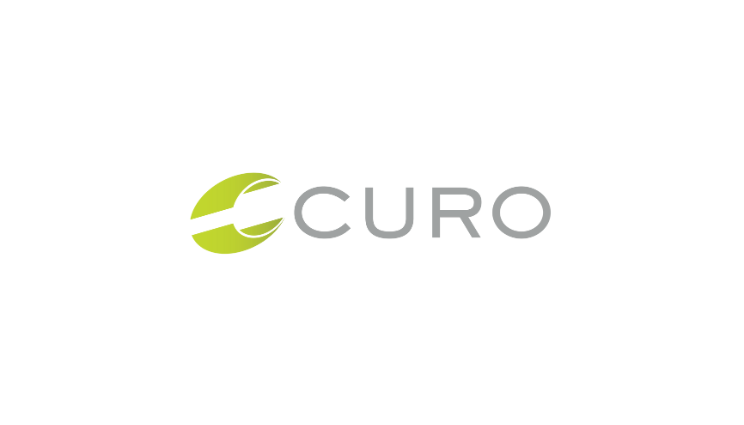
01
The Challenge
CURO wanted to move away from on-premises and leverage cloud and improve the infrastructure resilience for Databases, thereby reducing the TCO. CURO sought more agility and flexibility to fulfill business expectations, while reducing on-prem footprint by migrating to RDS and avoiding license management. CURO has a complex data landscape and has application integrations which challenge the sequence of migration.
Supporting processes around the data refresh from production to lower environments adds to the complexity of implementation. The data environment at CURO consisted of:
On premise database
-
95% of SQL Server Version 15.0
-
5% on the version below SQL Server 15.0.
-
Data size: ~ 150 TBs
-
Server storage: ~250 TBs
-
Annual growth: 20%
-
Number of tables: ~ 10000 (In multiple environments)
-
Number of databases: ~600 (In multiple environments)
-
Number of environments : 5 Non-prod and 1 Prod environment
02
The Solution
Eviden, an atos business migrated the on-premise SQL Server databases to Amazon RDS/EC2 SQL Server databases. Developed the migration road map which was executed in 4 waves and completed in 52 weeks time.

Assessment:
-
The data landscape assessment was broken down into two phases. The first phase used Cloudamize to gather data on the existing on-premise infrastructure that covers all servers, including the database servers. The second phase took a deeper dive into the gaps in the data captured by Cloudamize. This was done using the RDSTool provided by AWS, allowing CURO to examine the SQLServer landscape in a few days, instead of weeks. The tool assessed the health of SQLServer infrastructure, features in use and
-
Based on data analysis, more than 90% of on-premise DB instances were deemed able to move to RDS, with the remaining 10% on EC2 instances.
-
Migration pattern for the SQL Server can broadly be categorized into 3 buckets:
-
Older servers (Version below 12)
-
Clustered servers
-
Standalone servers
-
Planning:
-
Based on the assessment, the migration was planned into four waves. The first phase was inclusive of a pilot that would determine the speed of migration for the waves and the sequencing of activities involved in the migration.
-
The migration depended on the structure of the current data landscape, how many environments are being used and migration speeds for databases.
Execution:
-
Executed the waves of migration with increased automation over time.
-
Complete end to end migration involved database migration along with scheduled backups and disaster recovery solutions deployed.
-
Ensured security and compliance requirements are satisfied. improved automation using IAC tools and integrated approach to support current and future migrations.
-
Built the pattern for migrating on-premise to RDS and to EC2 based SQL Server, with increased automation based on templates
-
Setup storage gateway to move huge data from on-prem to S3 and tuned the performance to match the speed of migration.
-
Migration of database using Log shipping approach. This involved setting up log shipping and cutover, with minimal downtime to bring the respective databases on RDS/EC2.
-
Migrate jobs & users/roles/permissions
-
Setup daily backup jobs.
-
Created jobs to refresh non-prod environments from prod backup and scheduled the jobs on a weekly basis.
-
Setup S3 lifecycle policy to meet security and compliance requirements on data backup.
-
Implement Disaster recovery using AWS RDS.
-
Setup a migration plan to move to support multi-region DR strategy in the future.

“From conception to execution, we were able to navigate the sometimes challenging nuances of on-prem to cloud native migrations by staying focused on the specific needs of CURO from the cloud. By keeping these goals in the forefront, we were able to actualize these benefits throughout the multiple phases of this MAP project.”
- Adam Hamilton, Senior Programme Manager, Eviden, an atos business.
03
The Outcome
-
Migrated the database footprint to the cloud in a controlled and aligned manner with validation and continuous integration. Minimize the downtime required for migration.
-
Overall TCO reduced primarily, saving licensing costs with more flexibility needed for their future visions.
-
Increased resiliency helped to enhance business continuity
-
Built on a scalable architecture that provides agility and helps focus on core business.
-
Overall availability, durability, and disaster recovery enhanced across Multi AZs
-
Improved functional stability enhancing the user’s trust and experience
-
In the initial phases the process was done manually, and overtime shifted to
-
Automation which resulted in a maintenance window executed in less than 3 hrs.
-
The migration execution for individual databases was tuned in the initial phase and resized to accommodate the migration for various databases; this prevented the necessity for additional outages during the migration.
About the Client
CURO Group Holdings Corp is a tech-enabled, omni-channel consumer finance company serving a full spectrum of non-prime, near-prime and prime consumers in portions of the United States and Canada. CURO was founded over 25 years ago to meet the growing needs of consumers looking for alternative access to credit.

